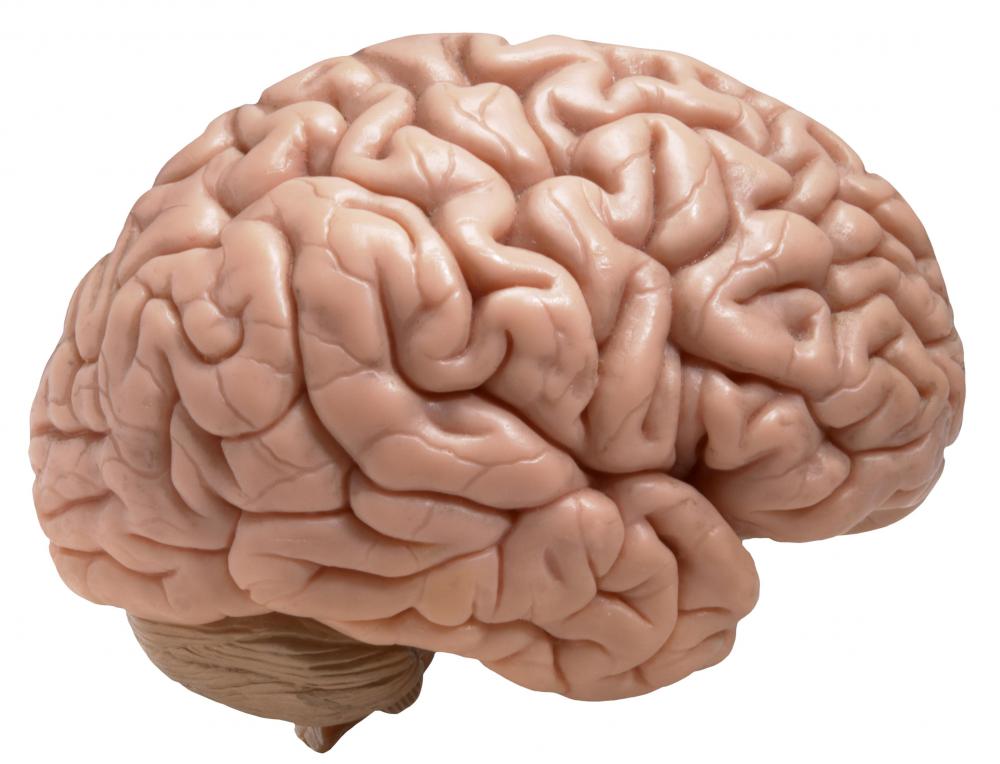At WiseGEEK, we're committed to delivering accurate, trustworthy information. Our expert-authored content is rigorously fact-checked and sourced from credible authorities. Discover how we uphold the highest standards in providing you with reliable knowledge.
What are the Pros and Cons of Negative Ion Therapy?
Negative ion therapy can provide relief from seasonal affective disorder and it has antimicrobial effects, but it also produces an ozone odor and has limited emissions. Many people attribute the effects of negative air ionization therapy with providing relief from a wide array of physical symptoms and improving overall health, and it is very popular in Japan and Europe. Limited studies indicate that negative ion generators can, in fact, modify air quality, but the possible health benefits only affect some people.
Researchers have discovered that cascading waterfalls and crashing waves provide more than an aesthetic affect. When the water molecules collide, a chemical reaction occurs, freeing negatively-charged ions into the air, which produces a calming effect. Some physicians believe a common household shower does the same and causes the same reaction. When psychologists exposed subjects suffering from seasonal affective disorder or mild depression to a room filled with negative ions, many experienced relief. Studies indicate that this therapy reduces levels of serotonin, a neurotransmitter that produces hyper-excitability in some, reversing the effect of melancholy.

Categorized as alternative medicine, negative ion therapy may free some users from prescription medications and their wide range of side effects. Some studies also claim that negatively-charged rooms eliminate airborne bacteria and viruses by producing hydrogen peroxide, which kills anaerobic microbes. Agricultural tests report a reduction of airborne dust particles in livestock environments as negative ions presumably clump with the particles, increasing their weight and causing pollutants to drop out of the air. This reaction is also believed to benefit certain allergy sufferers by minimizing the symptoms caused by breathable antigens and thus providing allergy relief.

Ideal negatively-charged outdoor environments typically contain 5,000 or more negative ions per cubic centimeter. To be as effective, indoor ion therapy must produce similar levels. Heating and air conditioning systems and electronic devices usually emit positively charged ions, and negative ion therapy generators must have constant airflow passing across the device or induction fans that circulate negatively-charged air to counteract them and fill the room with negative ions. Many devices are not equipped with fans, and manufacturers suggest that the benefits are only available to people within close proximity of the generator.

Another drawback to negative ion therapy is the the odor, similar to that experienced in a large city polluted by industrial emissions. An excessive number of negative ions produce O3 or ozone in high humidity. Not only are charged and heavy particles not able to stay in the air, they are attracted to any positively charged surface, which may produce higher levels of visible dust and dirt. Some health care providers also claim that only a third of the population may actually notice the effects from negative ions.
AS FEATURED ON:
AS FEATURED ON:















Discuss this Article
Post your comments